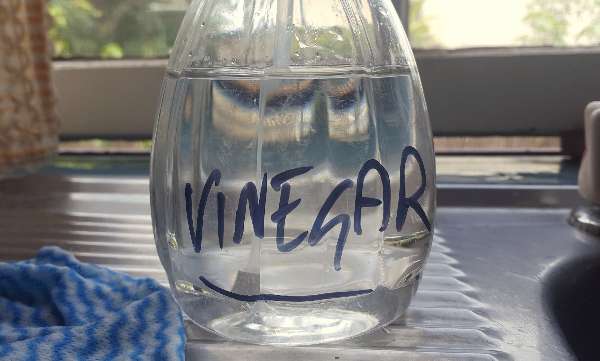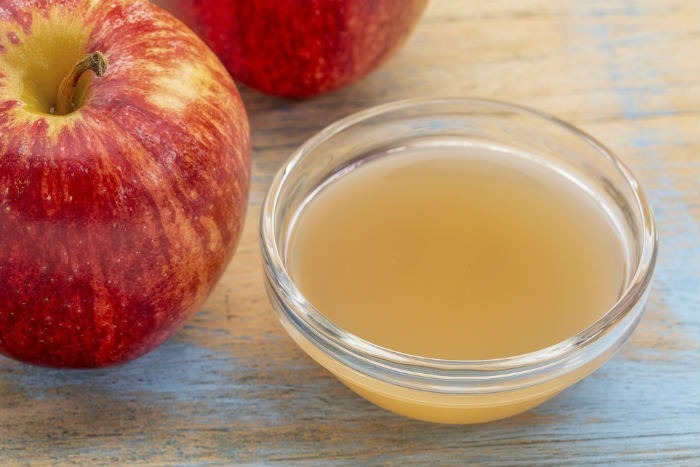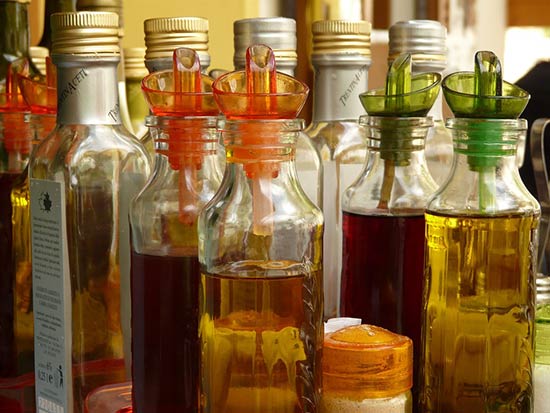DIY: How to Make Vinegar
Make sure to like Living Green and Frugally on Facebook, Shop at amazon to help support my site and explore our PINTEREST BOARDS for innovative ways you can become self-sufficient.
DIY Guide: How to Make Vinegar at Home
Vinegar is a versatile kitchen staple that not only adds flavor to dishes but also serves as a natural cleaner and preservative. Making vinegar at home can be a rewarding and simple process. This guide will take you through the basics of vinegar making, introduce you to different types of vinegar, and provide detailed steps to create your own.
Types of Vinegar
- White Vinegar: Made from grain alcohol, it is the most common and versatile type used for cooking, cleaning, and pickling.
- Apple Cider Vinegar: Made from fermented apple juice, it is popular for its health benefits and use in dressings and marinades.
- Wine Vinegar: Made from red or white wine, it adds depth to sauces, marinades, and salads.
- Malt Vinegar: Made from barley, it is commonly used with fish and chips.
- Rice Vinegar: Made from fermented rice, it is a staple in Asian cuisine.
- Balsamic Vinegar: Made from grape must, it is aged and has a rich, sweet flavor used in dressings, glazes, and reductions.
The Basic Process of Making Vinegar
Vinegar is produced through a fermentation process where alcohol is converted into acetic acid by acetic acid bacteria. The process involves two stages: alcoholic fermentation and acetic acid fermentation.
Stage 1: Alcoholic Fermentation
- Ingredients such as fruit juice or wine are fermented by yeast to produce alcohol.
Stage 2: Acetic Acid Fermentation
- Acetic acid bacteria convert the alcohol into vinegar.
Step-by-Step Guide to Making Vinegar
What You’ll Need:
- Starter: Unpasteurized vinegar or a vinegar mother (a gelatinous disc of cellulose and acetic acid bacteria).
- Alcoholic Base: This can be wine, cider, beer, or a homemade alcohol solution made from sugar and water.
- Glass or Ceramic Container: Avoid metal as it can react with the vinegar.
- Cheesecloth: To cover the container and allow airflow while keeping contaminants out.
- Dark, Warm Place: Optimal temperature for fermentation is between 60-80°F (15-27°C).

Step-by-Step Guide to Making Vinegar
What You’ll Need:
- Starter: 1 cup of unpasteurized vinegar or a vinegar mother (a gelatinous disc of cellulose and acetic acid bacteria).
- Alcoholic Base: 1 bottle (750 ml) of wine, 4 cups of hard cider, or a homemade alcohol solution made from sugar and water (1 cup sugar dissolved in 4 cups water with 1 teaspoon yeast to ferment for a week).
- Glass or Ceramic Container: Avoid metal as it can react with the vinegar.
- Cheesecloth: To cover the container and allow airflow while keeping contaminants out.
- Dark, Warm Place: Optimal temperature for fermentation is between 60-80°F (15-27°C).
Instructions:
- Prepare Your Alcoholic Base:
- For wine vinegar, use a bottle (750 ml) of red or white wine.
- For apple cider vinegar, use 4 cups of hard cider.
- For other bases, dilute the alcohol to around 6-10% alcohol content.
- Add the Starter:
- Pour your alcoholic base into the container.
- Add 1 cup of unpasteurized vinegar or a vinegar mother. This introduces the necessary bacteria.
- Cover and Store:
- Cover the container with cheesecloth and secure it with a rubber band.
- Place the container in a dark, warm place.
- Wait and Monitor:
- Allow the mixture to ferment for 3-4 weeks. Check periodically for the development of the vinegar mother.
- Taste the vinegar after 3 weeks. If it has a strong vinegar taste, it’s ready. If not, let it ferment longer.
- Strain and Bottle:
- Once the vinegar has reached the desired acidity, strain it through cheesecloth to remove the mother and any sediment.
- Transfer the vinegar to clean bottles and seal.
- Age (Optional):
- For richer flavors, age the vinegar in a cool, dark place for several months.

Tips and Tricks
- Cleanliness: Ensure all equipment is clean to prevent contamination.
- Patience: Vinegar making is a slow process. Don’t rush it.
- Testing Acidity: Use pH strips to test the acidity level. Vinegar should have a pH of 2-3.
- Flavoring: Add herbs, fruits, or spices during the aging process for infused vinegars.
Conclusion
Making vinegar at home is a fascinating and practical way to engage with the process of fermentation. By following these steps, you can create a variety of vinegars that will enhance your culinary creations and provide a natural, homemade option for cleaning and preserving. Experiment with different bases and flavors to find your perfect homemade vinegar.
